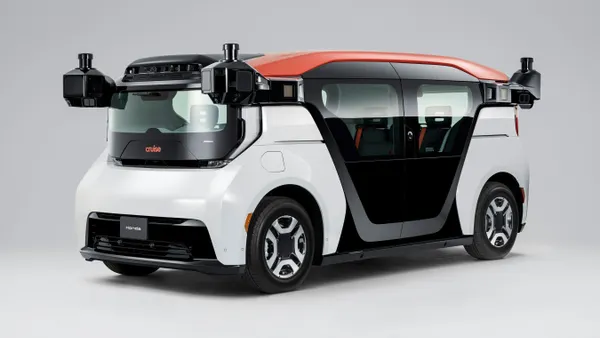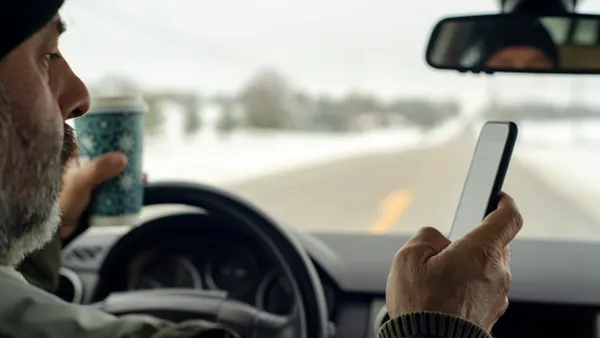Dive Brief:
- The City of Santa Monica, CA kicked off its 16-month Shared Mobility Pilot Program on Monday, which aims to expand the city's transportation network and reduce emissions through dockless bike and e-scooter fleets.
- Representatives from Lime, Lyft, Bird and Jump gathered with city leaders at a press conference to unveil the program. To start, the four operators will be allowed 750 vehicles each, and will work with the city to enhance parking, safety, operations and education. The operators will share data with the city throughout the pilot to help leaders assess the right quantity of vehicles for Santa Monica's streets.
- The city will also create a community advisory group that will allow citizens to be the "eyes and ears on the street" and give feedback to operators, according to Santa Monica Deputy City Manager Anuj Gupta. "We want to bring our concerned residents into the fold to make this a better, safer and more responsive program for all," he said during the press conference.
Dive Insight:
Santa Monica Mayor Ted Winterer began the press conference by explaining how the city has been a leader of transportation solutions since it became the first city in the region to launch a bike-share program, dubbed Breeze Bike Share, in 2015. Santa Monica has since worked to advance its transportation offerings, and Winterer said the city is "dramatically reinventing how we think about traveling from point A to point B" with the new pilot program.
By cohesively working with its operators, Santa Monica illustrates how to effectively put a dockless pilot program in place. In regards to dockless "littering," Gupta explained how the city is rolling out painted "drop zones" on sidewalks (with some on-street locations to come) to act as parking locations for vehicles. The city also plans to work with operators to develop incentives and penalties that will further encourage riders to place bikes and scooters in appropriate zones.
In regards to safety, the city and operators are working to hand out helmets to all riders — a helmet is required to ride a scooter in the state of California — and will build notifications into the operators' apps to remind riders about helmet usage. Winterer also said the city has established 110 miles of dedicated bike lanes, with plans to paint most of them green this year, and has posted "know before you go" posters and bus wraps across the city with e-bike and scooter rules and information.
Santa Monica will also likely become a innovation testbed for dockless programming and policy. Gupta said the city will use a mobility data platform, developed by the Los Angeles Department of Transportation (LADOT), to manage dockless data and infrastructure and set up systems.
One advanced system the city is currently testing is geo-fencing with Lime and Bird scooters, which essentially makes the vehicles "aware of where they are in the city," according to Ryan Fujiu, Vice President of Product and Compliance at Bird. He explained that with geo-fencing, scooters will be able to detect their location and automatically slow down or stop to abide to the speed or usage limits in the respective zones.











